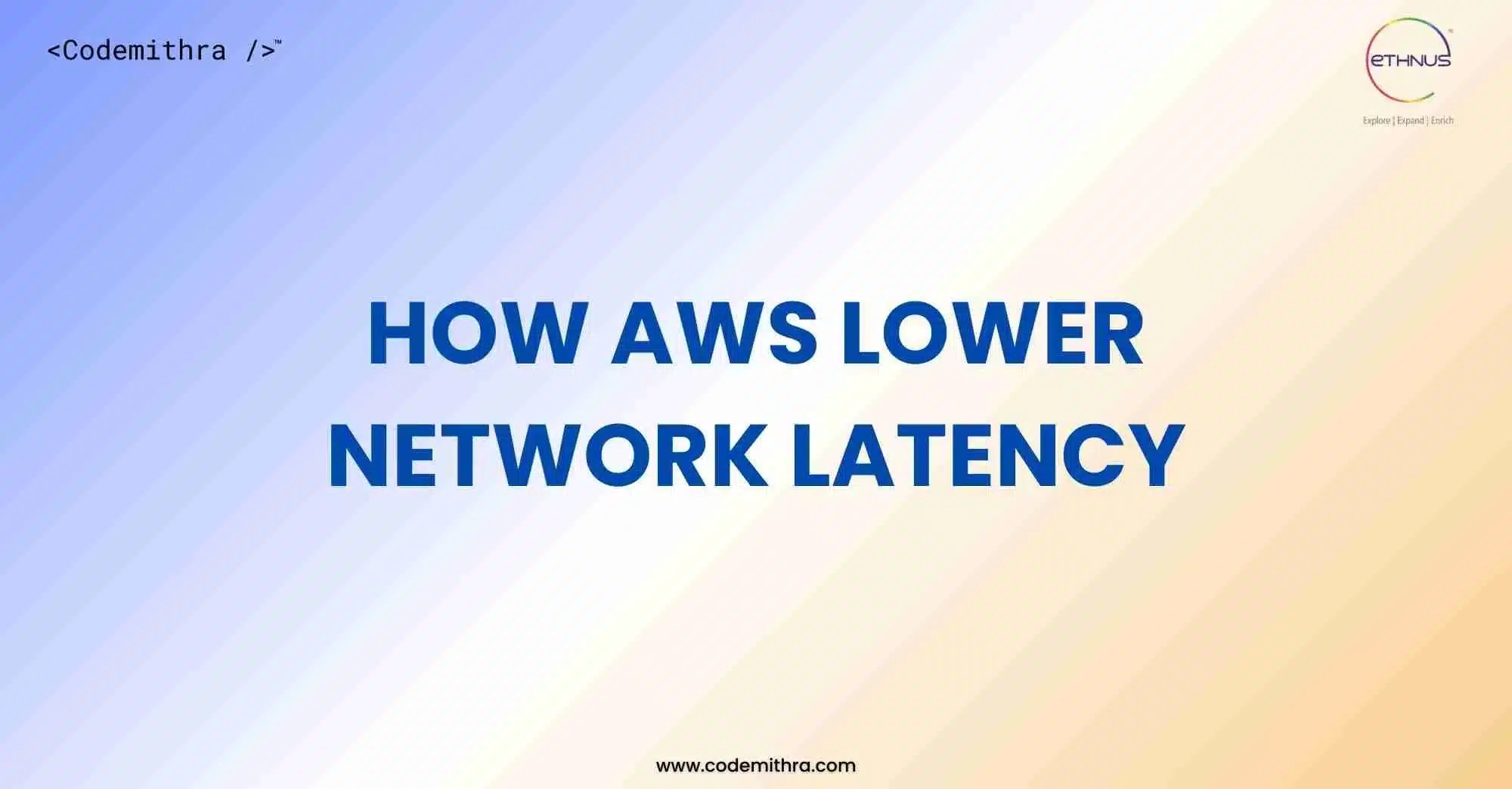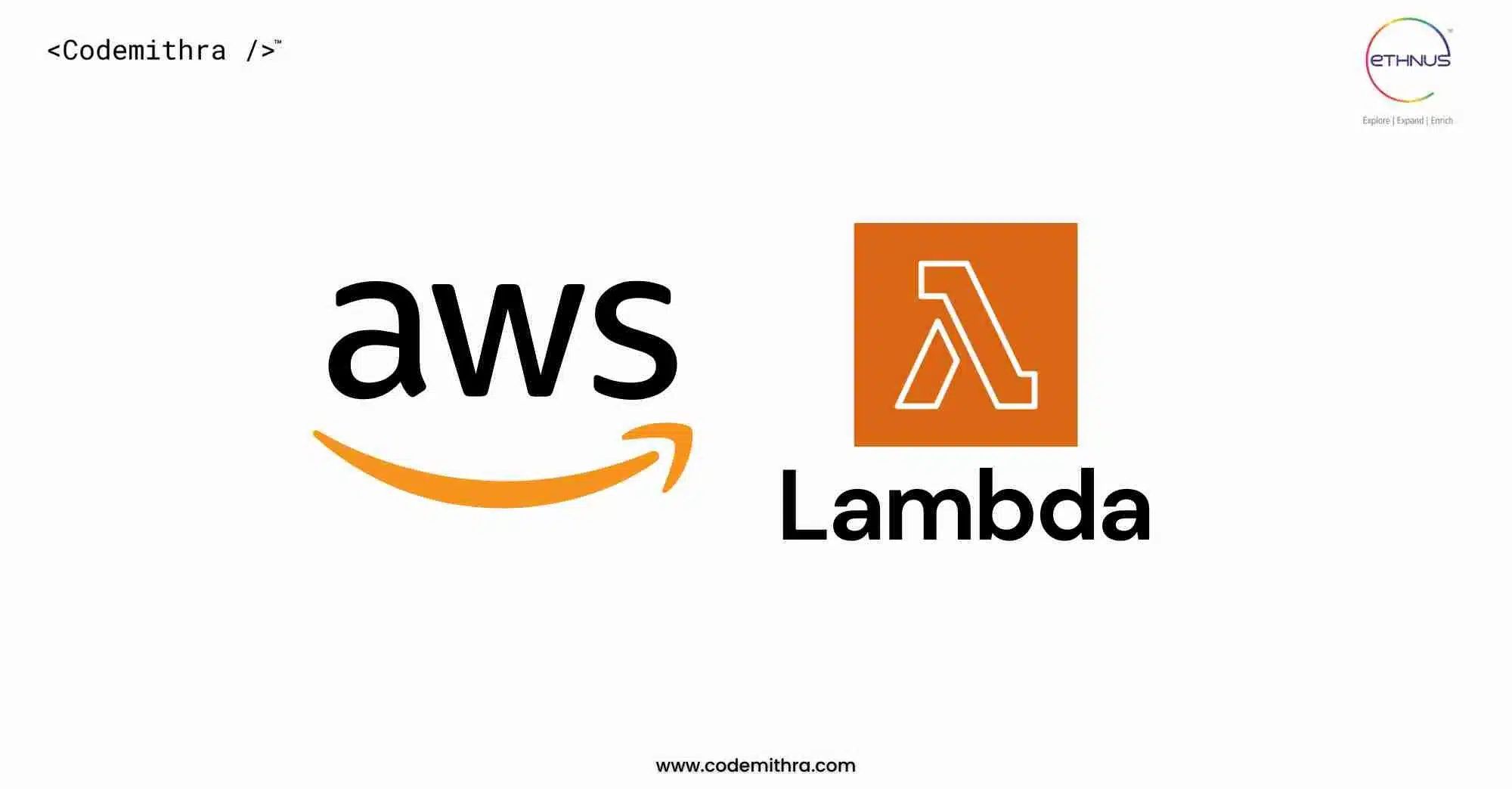AWS being a popular trending cloud computing platform is the perfect technology to learn and initiate a career on the cloud. In this article I would be a briefing on some of the AWS interview questions, that would give a brief idea of the types of questions that would be asked during AWS interviews.
The interview panel would ask mainly two types of questions, one is knowledge-based where you have to remember the descriptions and use cases of services and the other is scenario-based where a virtual scenario would be given and you must either orally architect it with using different services or select best service(s).
1. What is AWS?
This would be off-course a first and foremost question that any interviewer would ask. The answer is simple. AWS is a cloud computing platform run by the multinational trading company Amazon, that provides resources as services on a metered pay-as-you-go basis to various organizations, governments, and companies to support business and various important government activities with complete reliability, security, and performance and act as virtual business infrastructure.
2. What is the need of creating subnets on AWS?
creating and using subnets can help reduce congestion by making sure that the traffic destined for a subnet stays in that subnet. This helps in efficient routing, hence reducing the network load
3. Is there a way to upload a file that is greater than 100 megabytes in Amazon S3?
Yes, by using a multipart utility from AWS. With this, larger AWS files can be uploaded in parts independently. Even these can be uploaded in parallel that would actually decrease the upload time and once they are uploaded the parts are merged into a single file to create the original file.
4. What is the importance of buffer in AWS?
It plays an important role in maintaining data traffic along with AWS ELB. They synchronize components and make arrangements compatible to face a burst of traffic. The buffer creates an equilibrium linking various apparatus and ensures that they work at an identical rate to supply more rapid services.
5. What is the max limit for creating S3 Buckets on AWS?
100
6. What is the use case difference between the application load balancer and classic load balancer?
The application load balancer is a more intelligent load balancer that is mostly used while there is a need to route the traffic to multiple services. While classic load balancer is used for simple load balancing of data traffic between multiple EC2 instances.
7. What is S3?
It is a ‘pay as you go’ simple storage service that is used to store data as objects and access at any time from anywhere on the web. It can be even used to host static websites.
8. What is AMI?
AMI stands for Amazon Machine Image. It’s nothing but an operating system for the EC2 instance, that runs on this virtual server or instance while it’s launched. It is selected whilst launching instance and includes a template for the root volume for the instance, A block device mapping that determines the volumes to attach to the instance when it is launched, and Launch permissions decide which AWS accounts can avail the AMI to launch instances.
9. In VPC with private and public subnets, database servers should ideally be launched into which subnet?
With private and public subnets in VPC, database servers should ideally launch into private subnets.
10. What are T2 instances?
T2 instances are designed to provide moderate baseline performance and the capability to burst to higher performance as required by the workload.
11. What are the key pairs in AWS?
These are secure login information for the instances launched and contain public and private key pairs that are used to connect to EC2 instances.
12.Mention different types of instances on AWS.
- General-purpose
- Memory-optimized
- Computer-optimized
- Accelerated computing instances
- Storage optimized
13. How many Elastic IPs are allowed to be created by AWS?
5 VPC Elastic IP addresses are allowed per AWS account.
14. What are the edge locations?
These are just like a cache that computer memory has but here these are cache locations for regions where contents are cached and when a user tries to access any content, first it will be automatically searched in here so as to increase performance and reduce the latency of the services. They are like the front end of the services. They are always situated at the nearest location of the user request.
15. Consider this scenario, a company ‘A’ has some private servers in its premises, also have distributed some of its the workload on the public cloud, what is this architecture called?
When a company establishes such an architecture where it has it’s own private servers and also uses public cloud services then it comprises a hybrid cloud architecture.
16. You have a distributed application that periodically processes large volumes of data across multiple Amazon EC2 Instances. The application is designed to recover gracefully from Amazon EC2 instance failures. You are required to accomplish this task in the most cost-effective way. Which category of instance would you use?
Spot instances are a perfect choice as they do not have long term commitments and also have low rates.
17. What is the difference between stopping and terminating an instance?
While an instance is stopped it gets shut down and the EBS volume remains attached. This instance can be again started later on. Whereas, while an instance is terminated, it is deleted permanently and even the EBS volume attached to it gets deleted if delete on termination is not set to false. This instance cannot be re-started.
18. When will you incur costs with an Elastic IP address (EIP)?
When it is allocated and associated with a stopped instance.
19. Is it possible for two EC2 instances in two different regions to communicate with each other?
Yes, through VPC peering. A VPC peering connection is a networking connection between two VPCs that enables you to route traffic between them using private IPv4 addresses or IPv6 addresses. Instances in either VPC can communicate with each other as if they are within the same network. You can create a VPC peering connection between your own VPCs, or with a VPC in another AWS account. The VPCs can be in different regions (also known as an inter-region VPC peering connection).
20. What is meant by EC2 instance metadata?
EC2 instance metadata is a service accessible from within EC2 instances, which allows querying or managing data about a given running instance.
21. Define and explain the three basic types of cloud services and the AWS products that are built based on them?
- Computing – These include EC2, Elastic Beanstalk, Lambda, Auto-Scaling, and Lightsat.
- Storage – These include S3, Glacier, Elastic Block Storage, Elastic File System.
- Networking – These include VPC, Amazon CloudFront, Route53
22. What is the relation between the Availability Zone and Region?
AWS regions are separate geographical areas, for ex: US-West 1 (North California) and Asia South (Mumbai). On the other hand, availability zones are the areas that are present inside the regions. These are generally isolated zones that can replicate themselves whenever required.
23. What are the tools and techniques that you can use in AWS to identify if you are paying more than you should be?
- Cost Explorer
- Check The Top Services Table
- Cost Allocation Tags
- AWS Budgets
24. What is geo-targeting in CloudFront?
Geo-Targeting is a concept where businesses can show personalized content to their audience based on their geographic location without changing the URL. This helps you create customized content for the audience of a specific geographical area, keeping their needs in the forefront.
25. What is autoscaling?
Auto-scaling is a function that allows you to provision and launch new instances whenever there is a demand.
26. How do the instances in the private subnets access the internet?
Instances in the private subnets cannot directly reach the internet hence they access it through NAT gateway that resides in the public subnet.
27. What is a DDoS attack, and what services can minimize them?
DDoS is a cyber-attack in which the perpetrator accesses a website and creates multiple sessions so that the other legitimate users cannot access the service. The native tools that can help you deny the DDoS attacks on your AWS services are:
- AWS Shield
- AWS WAF
- Amazon Route53
- Amazon CloudFront
- ELB
- VPC
28. Name some of the non-region specific AWS services
- IAM
- Route 53
- Web Application Firewall
- CloudFront
29. What are the common types of AMI designs?
- Fully Baked AMI
- Just Enough Baked AMI (JeOS AMI)
- Hybrid AMI
30. VPC is not resolving the server through DNS. What might be the issue, and how can you fix it?
In order to resolve this just enable the DNS hostname resolution, this will ensure the problem resolves itself.
Further preparation

Take these questions just as an introduction to various types of questions that would be asked during AWS interviews. Don’t stop here, shoot your browser to ‘AWS interview questions’ to get many more such. Interviewers can ask various possible questions on different services and scenarios hence it’s always better to stay prepared with abundant knowledge on AWS. In order to know in-depth about AWS please visit AWS Training where every service and related aspects are explained most appropriately, also if you would just type the name of a service you want to learn on your browser you would get it right there on the AWS website, Amazon has facilitated websites explaining various different aspects of all their services.
Apart from these resources, you can access more interview questions from edureka.com, Simplilearn, intellipaat.com, toptal.com, career.guru99.com, and many more. You can go for AWS technical essentials and architecting course from Ethnus Codemithra, Amazon training partner, where resources and preparation materials are provided directly from AWS that will help a lot to prepare for AWS interviews.
Happy learning!





